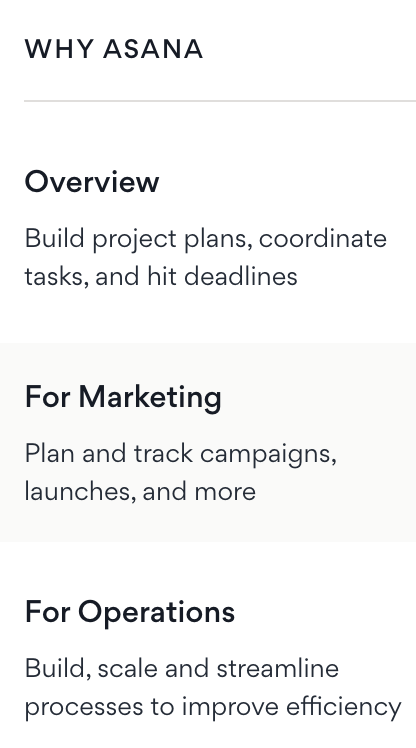A Guide to Asana for Writers and Artists
Jun 15, 2023Welcome, writers and artists!
I'm Sabrina Whittaker, and I help people plan and execute projects, empowering them to change the world through art, culture, and social engagement. Today, I will introduce you to a game-changing tool that will revolutionize how you manage your projects - Asana.
Asana is a powerful project management tool and work management platform designed to help teams organize, track, and manage their work effectively. But how can you, as a writer, entrepreneur, and creative professional, leverage Asana to turn your ideas into reality?

Let's dive deep into a productive workflow you can adopt today to become a more efficient and organized professional.
1. Journaling Your Thoughts
Begin by putting your thoughts onto paper or your preferred digital platform. We love GoodNotes and offer a digital planner made for use with GoodNotes called The Creator's Guidebook to Online Publishing (or "The Creator's Guide" for short.) It's an undated monthly planner that walks overstimulated and overwhelmed writers toward publishing their work-in-progress via guides, logs, and templates that you can mark up by writing, typing, or highlighting to capture ideas.

Journaling isn't just therapeutic; it's an essential practice to capture ideas, reviews, and insights that can inspire your future projects. These could be business ideas, personal growth plans, or creative inspirations. In any case, document your raw thoughts and feelings in a medium that fits the idea.
2. Transferring Notes to Your Calendar
Once your thoughts are journaled, transfer time-sensitive notes to your general or project-specific calendar. We recommend creating a "noteworthy" calendar to keep track of your valuable insights over time. This practice will give you a timeline of your thoughts, adding context to your wellness and life's work.
One way to do this is to add a new calendar to your calendar app, such as in this example, where a calendar named "Noteworthy" was created and given a unique color to separate it from other tracked events/notes/goals.

Another method involves using the project calendar tab in Asana to capture noteworthy thoughts. To use this method, add journal notes to relevant projects in Asana, even if they aren't actionable.
When a note isn't actionable, label it as such. For extra clarity, create a "Noteworthy" project that captures miscellaneous thoughts separately.
In either case, set the due date of each idea you add as today. Then, mark non-actionable tasks as complete as part of your shutdown process, which is a period at the end of the day when you intentionally disconnect from a responsibility. Later, while reviewing completed projects, you'll have more context for data analysis.
3. Planning Your Project in Asana
Now, it's time to move your ideas from your notebook to Asana.
Start by defining your project using SMART goals:
- Specific
- Measurable
- Achievable
- Relevant
- Time-bound.
Next, break goals down into manageable tasks, each with clear outcomes. Remember, prioritization is critical. You must assign due dates to milestones, even if they are only estimated at this stage.
4. Execution
With a solid plan in Asana, it's time to get down to business. Whether you're a writer interested in self-publishing, a photographer capturing stunning shots, or a mom making a difference at home - it's time to execute.
Use the appropriate tool to complete work efficiently and effectively and make a point to protect your work environment so you can bring your plans to life. Inside The Creator's Guide, we guide you through taking action during moments of uncertainty to improve productivity.

5. Quality Review
Lastly, take the time to compare your completed tasks in Asana with your original notes and calendar entries. Reflect on whether you achieved what you initially set out to do, determine if the planning phase took longer than expected, and consider whether you completed the project faster than anticipated.
Remember, it's about continuous improvement, not perfection. There's always room for growth and refinement in your process. Incorporating Asana into your workflow can be a significant shift, but it's a change that will bring clarity, organization, and progress to your life's work.
Let's Problem Solve Confidently together!
I hope this helps.
- Sabrina Whittaker
